What to plant next to each other in the garden: compatibility rules and joint planting schemes in tables
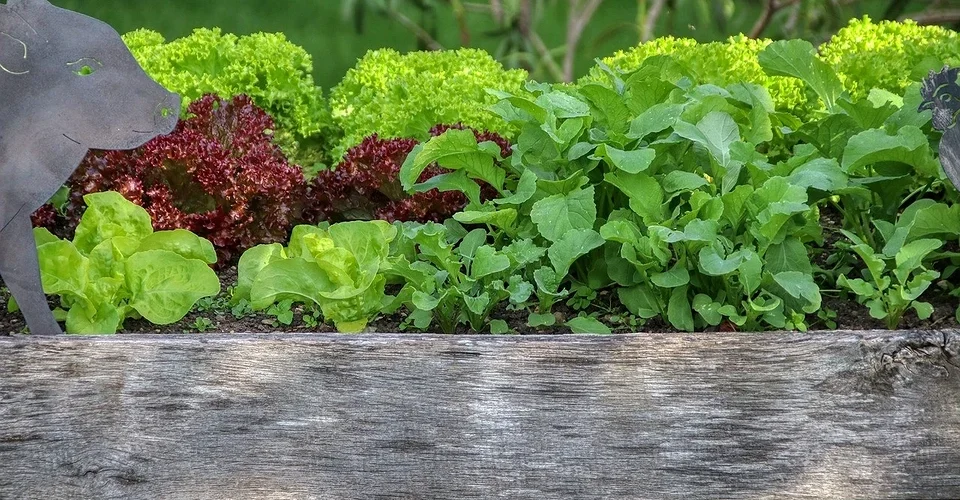
We discuss the principles of crop compatibility and mixed planting. We provide compatibility tables and effective mixed-bed designs.
In vegetable gardens, it is increasingly common to see not only “uniform” rows of monocultures, but also mixed plantings that vary in height, color, and development time. Moreover, the yield of such beds is consistently high, provided, of course, that all the rules for selecting planting neighbors are strictly followed. Let’s take a closer look at what you can plant in your garden to get a good harvest of all crops.
All about plant compatibility
What you need to know about mixed planting
Mixed planting refers to planting crops with different biological characteristics in the same area. It is essential to take their compatibility into account. There are two types of mixed beds, which we will briefly describe below.
Compact
Crops are selected so that they do not interfere with each other’s growth and development. They do not influence each other, but are planted as densely as possible. Most often, this is a combination of fast- and slow-growing species. One has time to grow and bear fruit, then the other begins to bear fruit. Examples of compacted plantings: cabbage and any lettuce, tomatoes and radishes, garlic and strawberries, etc.
Combined
Varieties are selected based on their usefulness. They influence each other, which has a beneficial effect on the plants. For example, tall plants can shade short ones, protecting them from excessive sunlight. At the same time, herbs or flowers can scare away insect pests or, conversely, attract pollinators if necessary—examples of combined plantings: onions and carrots, cucumbers and calendula, beets and garlic, etc.
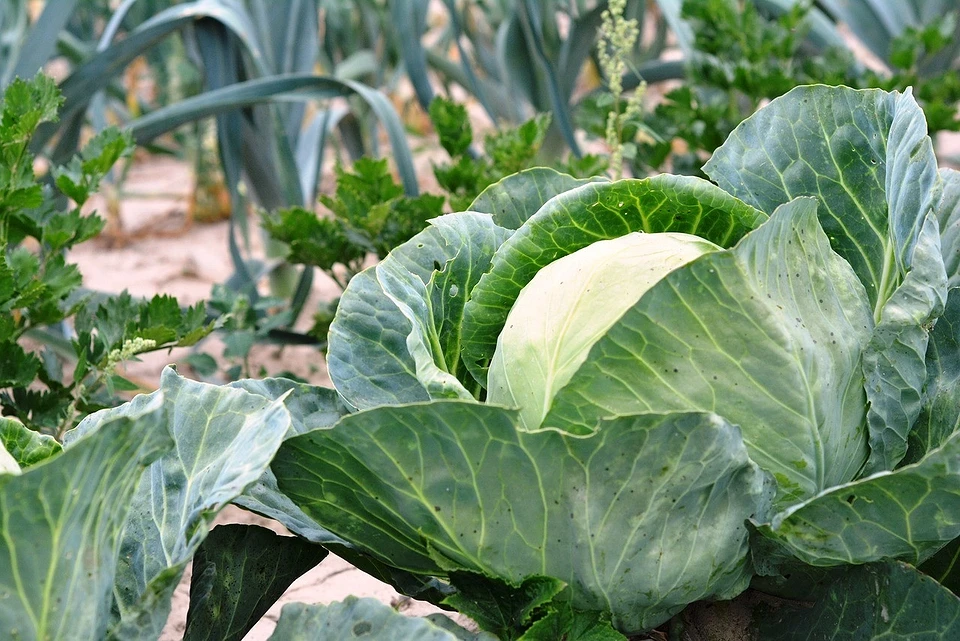
Rules for planning garden beds
At the beginning of the gardening season, you need to plan your future plantings. There are a few simple rules to follow.
- Be sure to take crop rotation principles into account. This means that you cannot grow the same crop in the same bed for years. You need to change the location, returning to the previous place no earlier than every three to four years.
- Choose the right predecessor crop. Do not cultivate varieties after closely related and incompatible predecessors.
- Consider the mutual compatibility of neighboring crops. This rule applies to both joint plantings and neighboring beds.
- Plan your plantings so that tall varieties do not shade short ones.
An important point. Beds are arranged with consideration for the characteristics of the garden plot. For example, for dry, flat areas, the east-west direction is optimal. It reduces water evaporation from the soil mixture. On plots in damp lowlands, the beds are placed along a south-north axis, which protects them from excessive moisture. In a sloping garden, it is best to put the beds crosswise to protect them from erosion.
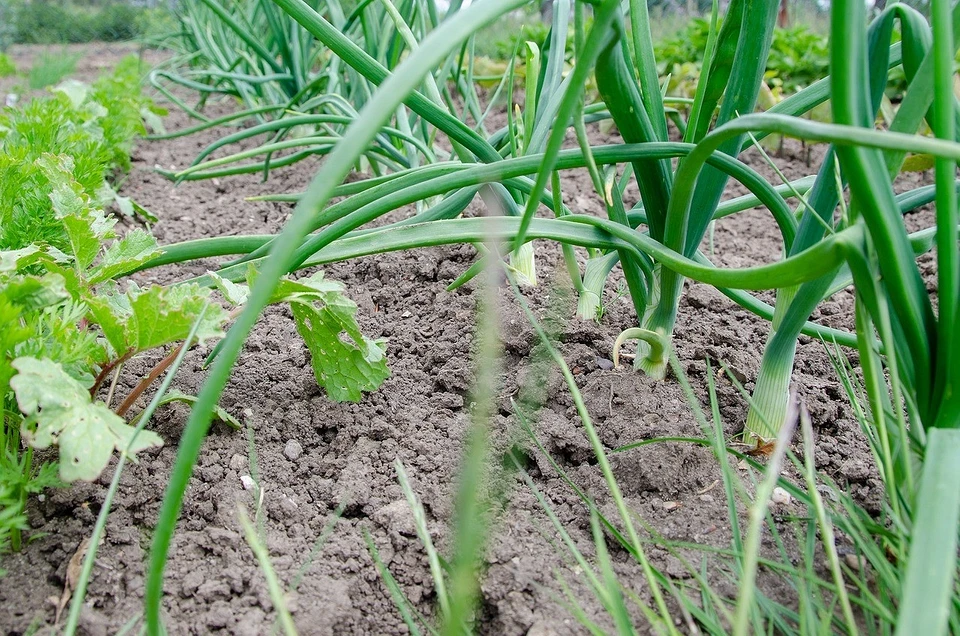
What is crop compatibility
This is an important characteristic that affects the immunity of a crop and its yield. During their development, all plants release special substances. These substances enter the soil mixture and the air. They can have a positive or, conversely, a sharply negative effect on other plant organisms. If antagonist crops are planted next to each other, they will strongly inhibit each other. This will negatively affect their development, immunity, and yield. Companion plants, on the other hand, have a beneficial effect on each other.
In addition, it is also undesirable to plant closely related species together. They have the exact growing requirements, which can lead to competition for resources. In the event of infection or damage by insect pests, they will quickly spread throughout the entire plantation, as related crops are usually affected by the same microorganisms and pests. This should be taken into account when selecting varieties for joint planting. With the right choice of neighboring crops, you can get several advantages.
- Increased yield. This is due to the beneficial mutual influence of plants. The yield can increase by almost a third.
- Improved taste of ripe fruits. For example, herbs have a beneficial effect on the taste of vegetables, so they are often planted nearby.
- Minimization of damage by pathogens and pests. Plants with a strong smell, such as marigolds, lavender, mint, garlic, and onions, work exceptionally well.
- Reduction in the amount of weed vegetation.
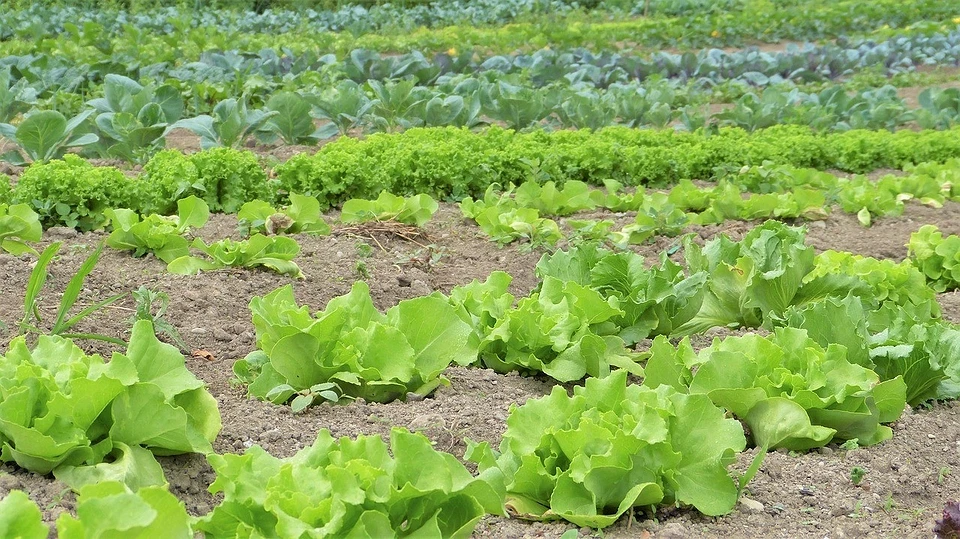
Principles of compatibility
When choosing what to plant together in a garden bed, you need to decide which plant will be the “main” one. This plant will produce the harvest that the gardener is counting on. The second crop will be a companion. It should protect the first one, repel pests, and, if possible, also produce a harvest. When selecting such a pair, or in some cases a “trio” of varieties, several principles must be taken into account.
- The species should have different ripening times and growth rates. Then they will not compete with each other for light and nutrients. Usually, the central plant ripens slowly. In some cases, when it needs protection from drafts or shade, a particularly fast-growing companion is selected.
- It is essential to choose unrelated plants; otherwise, they will compete for nutrients. Common pests and diseases increase the risk of infection.
- The companion plant should, if possible, suppress the microflora that is pathogenic to the central plant and protect it from pests.
- It is optimal for the root systems of neighboring plants to have different locations in the soil. It is desirable that the amounts of nutrients also differ significantly. If this is the case, it is possible to grow more than two crops simultaneously on one ridge.
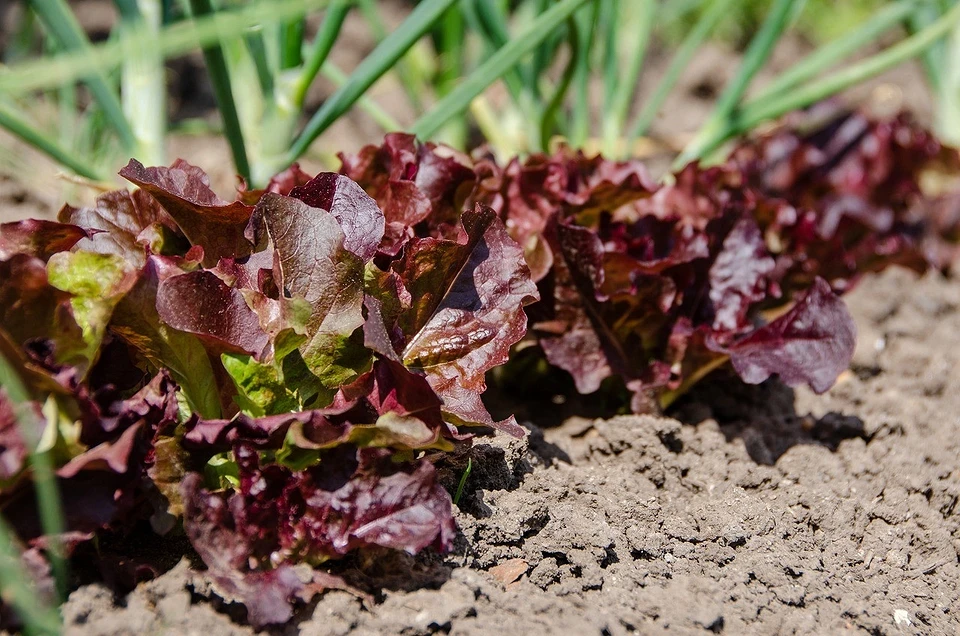
Compatibility tables
Compatibility tables have been developed to simplify the selection of companion plants for all types of mixed and companion plantings. Using the table for vegetables and herbs, it is easy to choose what can be planted in the same bed or next to each other.
| Culture | Compatibility | Incompatibility |
|---|---|---|
| Cucumbers | Peas, onions, marigolds, garlic, beans, spinach, eggplant, beets. | Tomatoes, potatoes, spices (except dill). |
| Tomatoes | Carrots, onions, parsley, basil, cabbage, radishes, lettuce, radish, celery, marigold, asparagus. | Cucumbers, potatoes, peas, peppers, dill, beets, fennel. |
| Carrots | Onions, parsley, lettuce, broccoli, tomatoes, peas, radishes, beets, beans, garlic, radish, sage. | Celery, dill, fennel, Swiss chard, horseradish. |
| Beets | All cabbages, radish, cucumbers, onions, radish, carrots, zucchini, lettuce. | Corn, beans, tomatoes, mustard, potatoes. |
| Zucchini | Beans, onions, corn, beans, mint, beets, celery, radishes. | Tomatoes, potatoes. |
| White cabbage | Potatoes, beets, tomatoes, lettuce, cucumbers, mint, celery, dill, Swiss chard, beets, spinach. | Tansy, parsley. |
| Potatoes | Beans, watermelons, cabbage, dill, carrots, lettuce, radishes, beans, spinach, cilantro, horseradish. | Tomatoes, pumpkin, cucumbers, beets, sorrel, sunflowers. |
| Onions | Broccoli, kohlrabi, Brussels sprouts, garlic, celery, carrots, dill, beets, radishes, strawberries, chicory, watercress, spinach. | Peas, white cabbage, beans, broad beans. |
| Sweet peppers | Beans, basil, carrots, lettuce, garlic, corn, onions, nasturtium. | Hot peppers, tomatoes. |
| Pumpkin | Corn, onions, lettuce, radishes, beans, borage. | Potatoes, cabbage. |
We have prepared another compatibility table for berries and fruits. You can use it to plan the planting of trees and shrubs.
| Culture | Compatibility | Incompatibility |
|---|---|---|
| Watermelon | Corn, beans, melon, cabbage, onions, tomatoes, lettuce, garlic, spinach. | Pumpkin, potatoes, cucumbers, carrots, zucchini, beets. |
| Cherry | Hawthorn, sweet cherry, gooseberry. | Tomatoes, strawberries, peppers, apple trees, cherry plums, pears, black currants, apricots, plums, peaches, raspberries. |
| Melon | Sunflowers, watermelon, peas, dill, corn, beans, radishes, mint, spinach, tomatoes, peas, lemon balm. | Zucchini, pumpkin, parsley, potatoes, cucumbers. |
| Strawberries | Onions, root parsley, garlic, carrots, radishes, sorrel, beets, radishes, beans, spinach, dill, peas, basil. | Eggplant, potatoes, Jerusalem artichokes, tomatoes, raspberries, sunflowers, blackberries. |
| Raspberries | Beans, garlic, peas, onions, mint, apple trees, blackberries, currants, mint, basil. | Strawberries, corn, grapes, plums, cherries, potatoes, sea buckthorn. |
| Pears | Grapes, apple trees, rowan trees. | Cherries, cherry plums, plums, sweet cherries, viburnum, hawthorn, raspberries, gooseberries, currants, nuts, barberry. |
| Black currants | Strawberries, garlic, onions, apple trees, plums, honeysuckle, rose hips. | Red and white currants, raspberries, cherries, gooseberries, sea buckthorn, bird cherry, pear. |
| Red currants | Onions, spinach, strawberries, garlic, basil, honeysuckle, white currants, rose hips. | Black currants, sea buckthorn, raspberries, bird cherry, walnuts. |
| Apple trees | Pears, raspberries, quince, honeysuckle, garlic. | Cherries, rowan, cherry plum, elderberry, jasmine, peaches, nuts. |
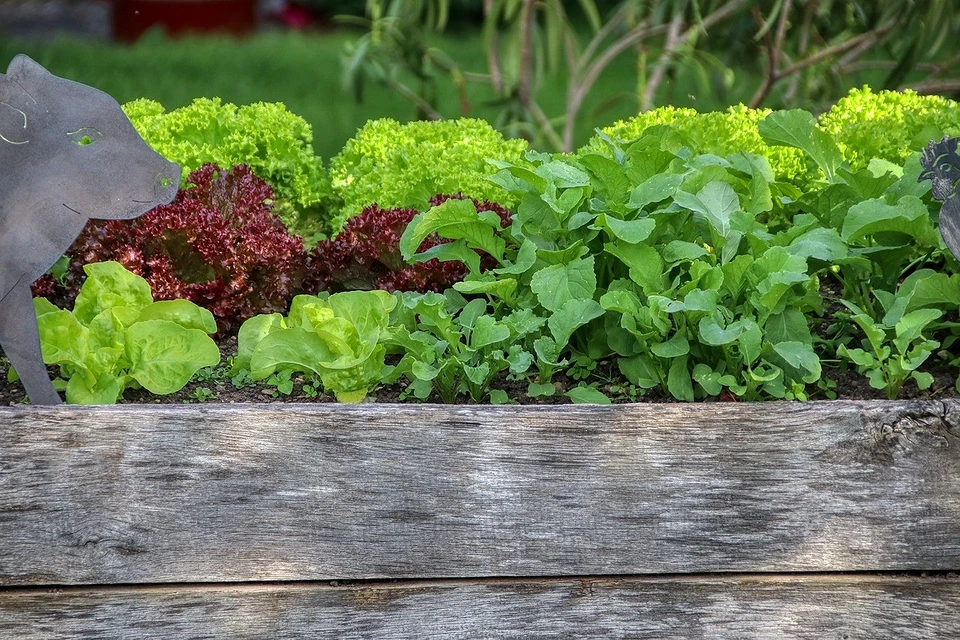
What to plant next to open beds: examples of mixed planting schemes
There are many options for mixed schemes. For instance, we have collected some of the simplest but most effective ones.
- Radishes + bush beans. First, sow the radish seeds. After a week and a half or two weeks, sow the beans. Radishes proliferate. They turn out clean, without excessive bitterness. After harvesting the beans, the bushes have more room to grow.
- Carrots + garlic. Classic compact planting. First, sow the carrots, then plant the garlic after a while. It develops faster and is harvested first. During growth, it releases phytoncides that protect the main crop. After harvesting, the carrots have time to form large root crops.
- Beets + lettuce. First, lettuce seedlings are planted, with a distance of 11.8 inches (30 cm) between rows. Beets are sown in the aisles, and after a while, the seedlings that have sprouted are thinned out. The interval between them should be at least 5.9 inches (15 cm).
- Onions + radishes, parsley, carrots. Plant onions for greens: five or six rows with a row spacing of 5.9 inches (15 cm). Radishes are additionally sown inside the onion rows. Carrots are sown in the first row, parsley in the next, then carrots again, and so on. The plants repel pests and develop well. After harvesting the radishes and then the onions, the carrots and parsley have time to form large root crops.
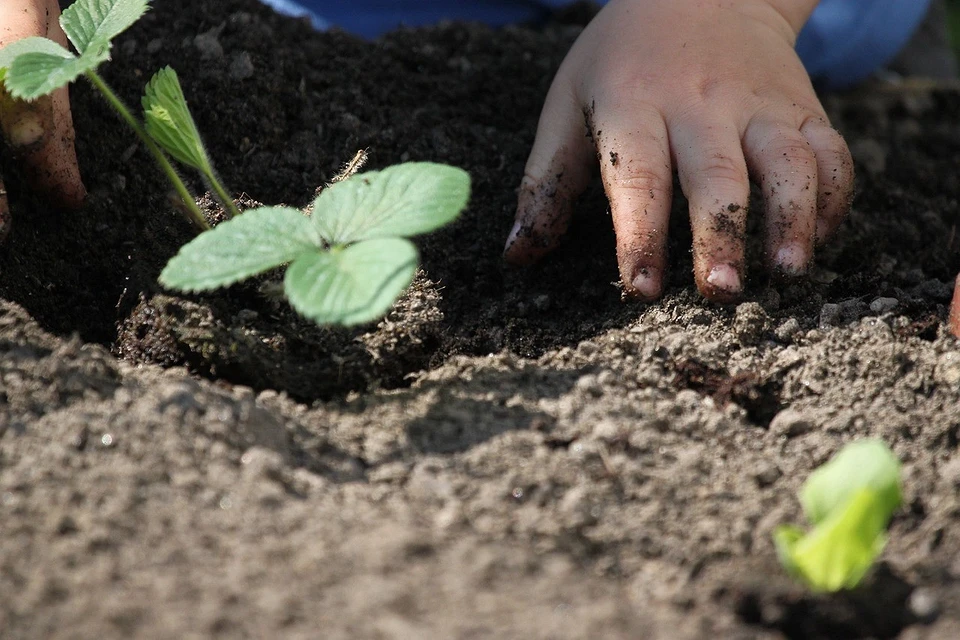
These are far from all the schemes for joint cultivation. Options for combining varieties with different ripening times are popular. For example, cabbage is grown in this way. Early and late-ripening varieties are planted in a checkerboard pattern. After the first ones are harvested, the late ones get the space they need to grow.
❓ Questions and answers
Can I plant root vegetables like carrots and beets together in the same bed?
Yes — carrots and beets can usually share a bed because their root zones differ in depth and they don’t compete strongly for nutrients. But avoid planting beets next to heavy feeders like cabbage or closely related crops to reduce competition or disease spread.
How far apart should I space incompatible plants to avoid adverse effects?
If two plants are incompatible (e.g., tomatoes and potatoes, or beans and onions), separate them by at least one bed width (3–4 feet or more), or plant a neutral barrier crop (e.g., lettuce or herbs) between them to buffer allelopathic or disease issues.
Do mixed planting schemes increase total yield compared to monoculture beds?
Yes, in many cases, mixed or companion planting can improve overall yield by enhancing pest resistance, better nutrient use, or microclimate benefits. But success depends on choosing truly compatible plants and avoiding competition. If done poorly, yield can suffer.
Are these compatibility rules valid across all U.S. climate zones?
The compatibility principles (e.g., root depth, allelopathy, pest repulsion) generally apply everywhere. But you should adapt specific plant combinations to your USDA hardiness zone, soil type, sunlight, and local pest pressures. You can always start with what works in your region and adjust.
Hi, I’m Ben Carter!
I’m a certified organic vegetable specialist with over 12 years of experience. I grew up on a farm in Iowa and have helped hundreds of gardeners grow bountiful harvests without unnecessary chemicals. On this site, I share my proven methods. If you have any questions, leave them in the comments!
See also
What cannot be planted together: incompatibility table, cheat sheet for gardeners
How to plant grapes in autumn: planting instructions and care tips
A place to relax: how to organize a rest area
A tall hedge instead of a fence. How to create and maintain it
Bright hedges: how to combine shrubs with their surroundings
How to propagate grapes at home: 4 methods for every gardener

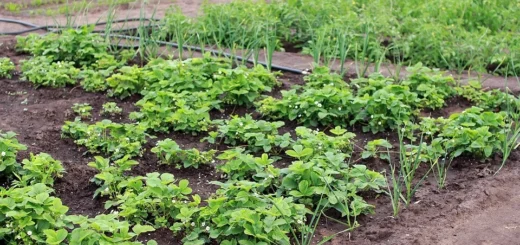
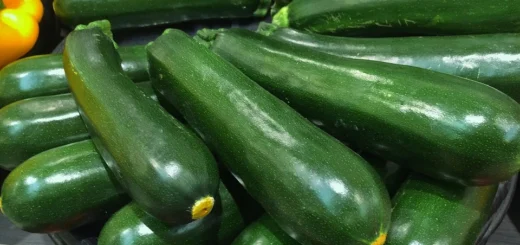
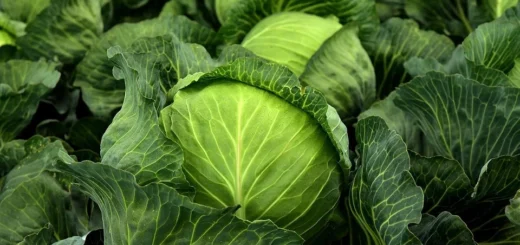










1 Response
[…] What to plant next to each other in the garden: compatibility rules and joint planting schemes in ta… […]